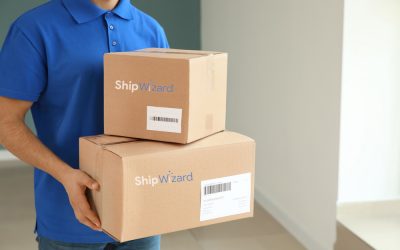Being in business in today’s retail world means being able to stay ahead of customer returns. After all, modern shoppers are fickle folks with quickly-shifting tastes.
What looked like the perfect party dress yesterday could, on second glance, be the worst. Because up to an estimated 30 percent of eCommerce orders are shipped back and even about eight percent of in-store purchases are returned, it pays to look at your backend processes as well as the always-in-your-face issue of selling products in the first place.
Improving Reverse Logistics Improves the Bottom Line
You can’t eliminate all returns all the time, but you can improve your processes so that the cost of returns is minimized.
Before you start trying to solve this problem be certain to define your KPIs (Key Performance Indicators) so you’ll know when you achieve success.
For example, you may notice that your returns percentage is up, but what you don’t see is that the overall cost of returns is down. Without well-defined goals, you could miss this valuable bit of information.
Here are a few ways you can improve your reverse logistics this year:
- Make returns easier. Easy returns are returns more likely to happen in a timely manner. When you’re dealing with seasonal or delicate merchandise, it’s vital that customers send their items back quickly. You can improve speeds by providing easy ways to return items.For example, if you’re a bricks-and-clicks vendor, you could allow your customers to bring items back to the retail location for a full refund. (This also works well to encourage new purchases in addition to an exchange.)
- Create uniformity for packages. When customers have to return items on their dime, they naturally go with the cheapest shipper they can find. Unfortunately, this means that you could be getting packages from a number of companies using a lot of different labels.Instead of wasting time trying to decode it all, include an encoded, prepaid shipping slip in every box so that your reverse logistics team can quickly identify each package and its contents.
- Collect lots of data. From the cost of return shipping to the value you get from scrapping a non-working video card, the numbers can tell you so much. Collect and review your data periodically so you can find more places where you might be able to increase the value of your returns.It could mean selling refurbished items through a different vendor for more money or simply using a different shipper to get returns back to the warehouse faster, but you won’t know without adequate data.
Reverse logistics are an afterthought for many retailers, but if you prepare and improve your processes now, you can minimize the impact of returns on your company’s finances. If handling your own reverse logistics is becoming unwieldy, a good 3rd party logistics company will surely have the right tools to take over the job.









